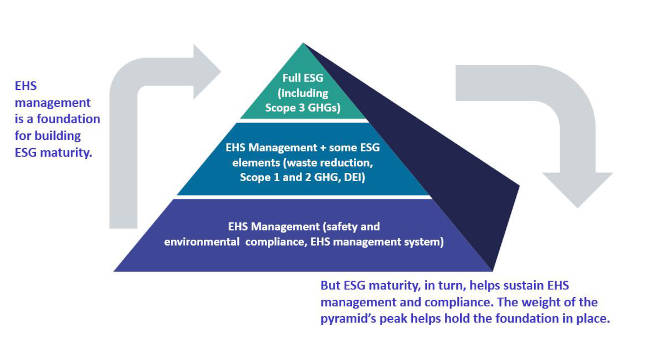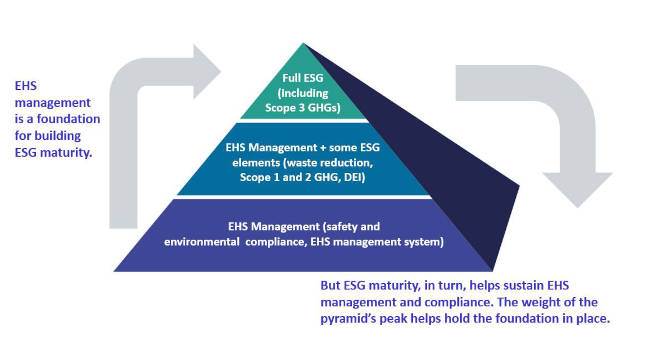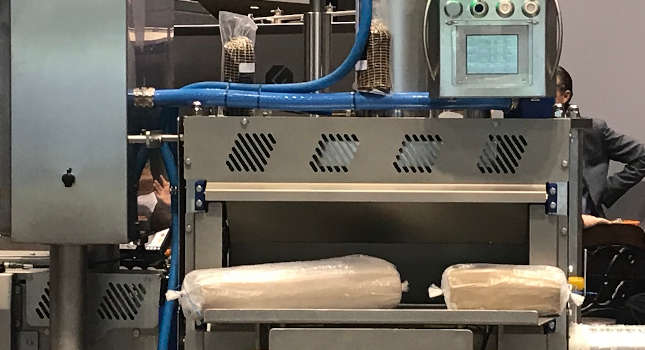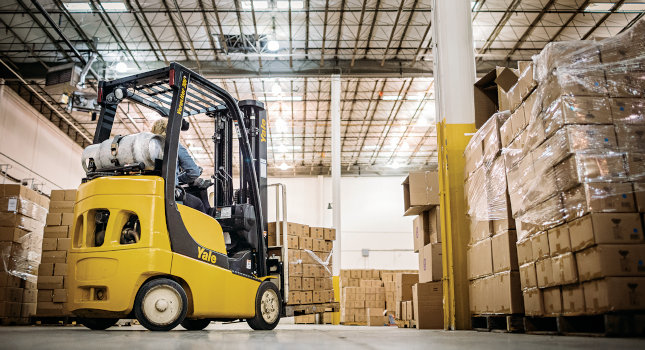Using all available tools, including strategies such as infrared detection, can find unseen compressed air leaks.

The most expensive component in the total cost of compressed air—including capital costs and service and maintenance costs—is energy consumption. In fact, over the lifespan of a compressor, energy typically costs several times more than the purchase price of the compressor. Thus, maximizing the energy efficiency of the compressed air system is a vital strategy for total facility cost savings.
Yet, estimates indicate that poorly designed and maintained compressed air systems in the United States account for up to $3.2 billion in wasted utility payments every year. General neglect of compressed air equipment is leaving a lot of money on the table, and facility managers should take note. What would you do with the tens of thousands of dollars you could be saving by simply optimizing your compressed air system? Expand operations? Add a new production line? Hire additional employees?
Finding waste in compressed air systems requires sharp eyes, sharp ears, and a sharp strategy. From simple tasks like walking the line to replacing outdated compressors with more energy-efficient equipment, the following strategies can help facilities save energy and reduce costs to boost the bottom line.
Strategy #1: Plug the leaks, save thousands on your energy bill
Why is it so important to address leaks in the compressed air system? Let’s consider the numbers. A single, 1/4-in. air leak can cost more than $10,000 annually. And a typical plant that has not been well maintained will likely have a leak rate equal to 20% to 30% of total compressed air-production capacity. In large manufacturing facilities, a few leaks could easily add up to $100,000 of wasted energy in just one year.
Clearly, even the smallest of compressed air system leaks can be a big drain on resources. Where there are leaks in the piping, there are also pressure drops, which force the compressed air system to work harder and use more energy. Eliminating pressure drops throughout the compressed air system has a domino effect that can result in significant and ongoing cost savings.
Luckily, there are several easy and relatively inexpensive things facilities can do to address leaks in the system. Walking the line is the simplest of all audit procedures and is comprised of a visual inspection of the various components of the compressor system including but not limited to the compressor room, filters, piping, and condensate drains. A basic audit is often available from compressor manufacturers at no charge and can reveal simple ways to maximize efficiency and boost productivity.
Strategy #2: Under pressure?
Turn it down. Besides leaks, one of the most common culprits behind energy waste in the compressed air system is the operation of tools and equipment at a higher pressure than necessary. Often, workers on a production line will run tools, like impact guns, at the highest pressure possible to achieve a higher production rate. While the tool may sound like it is performing at a higher level with the pressure turned up, the work output is generally impaired.
In this scenario, an energy audit or regular data monitoring can reveal the necessary pressure demand for the job and will most likely result in a directive to turn the pressure down to the rated level of the tool.
Strategy #3: Replace outdated piping systems
Piping systems more than 5 years old have been shown to exhibit leaks of up to 25%, yet many facilities are slow to upgrade equipment to the latest technology. Even though there are more efficient choices available, the majority of the manufacturing industry still uses galvanized iron, or "black iron," for compressed air piping systems. Black iron is very heavy and difficult to install; and, unfortunately, begins to rust as soon as it is installed, causing leaks in the system. Alternative materials such as aluminum are lightweight, easy to install, and virtually eliminate the corrosion seen in black iron or galvanized-steel systems, making it a more efficient choice for piping material. All things considered, replacing piping is a relatively inexpensive fix for the amount of energy savings that can be achieved.
Strategy #4: Wasted heat is wasted energy
The law of thermodynamics states that energy can neither be created nor destroyed; rather, it changes from one form to another. When air is compressed, the energy transforms from electrical energy to potential energy in the form of compressed air and to thermal energy, or heat. After compression, the air is often at a temperature of 325 F to 400 F.
An innovative way to reduce wasted heat is to capitalize on the heat byproduct of air compression to defray the costs of other necessary manufacturing processes. By using energy recovered from heat, manufacturers can save typically 95% (with potential savings up to 100%) of the original electrical input energy used to power the air compressor.
Strategy #5: Take advantage of energy rebates
Many utility companies offer rebates toward the purchase of new, more energy-efficient compressed air equipment. One large industrial bakery located in Sacramento, Calif., took advantage of available rebates to help fund a project to replace inoperative and improperly functioning components in the compressed air system.
The updated system included a 100-hp variable-speed-drive compressor that replaced a 150-hp fixed-speed compressor. Variable-speed-drive compressors continuously change the motor speed to match air demand and eliminate the compressor running in an unloaded state. By understanding the system’s demand, the bakery was able to add a more efficient compressor to the mix while using significantly less energy.
The results of the project are impressive:
- Annual energy savings of 471,000 kWh, equaling cost savings of $40,000
- Reduced maintenance costs, saving an additional $10,000 annually
- An $11,000 energy rebate reduced total project costs to $27,000
- Project payback in 6.5 months.
Finding waste in compressed air systems pays
It’s simple. Finding and curbing wasted energy in your compressed air system pays dividends in the form of ongoing energy and cost savings to the tune of tens of thousands of dollars annually. If your facility isn’t currently employing one or more of the strategies covered in this article, consider the money that you could be saving. Every dollar that is not spent on the electricity bill can be allocated to growing your business.
Likewise, as new efficiency regulations are drafted and debated, companies that stay ahead of the game will be at an advantage when stricter efficiency regulations take effect. Will you be ready?
Steve Bruno is product marketing manager for oil-injecting screw compressors for Atlas Copco Compressors. He can be reached at [email protected]



